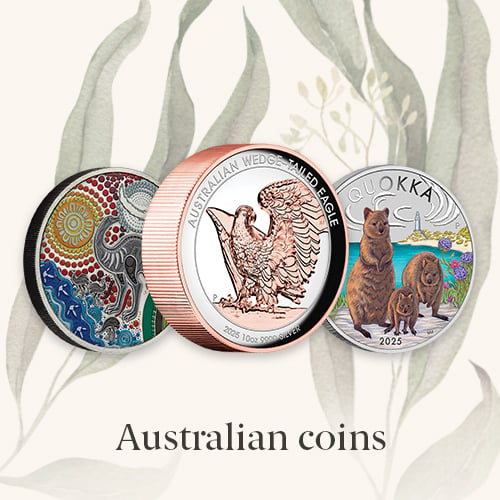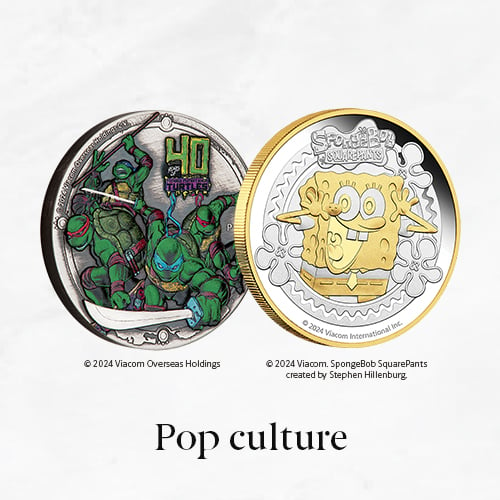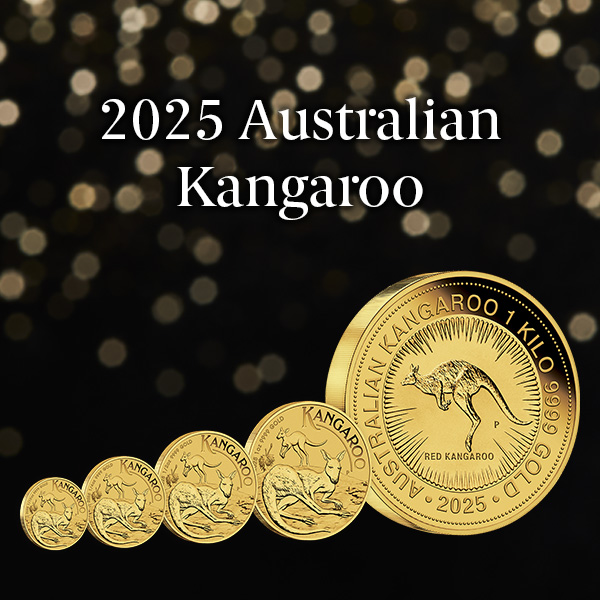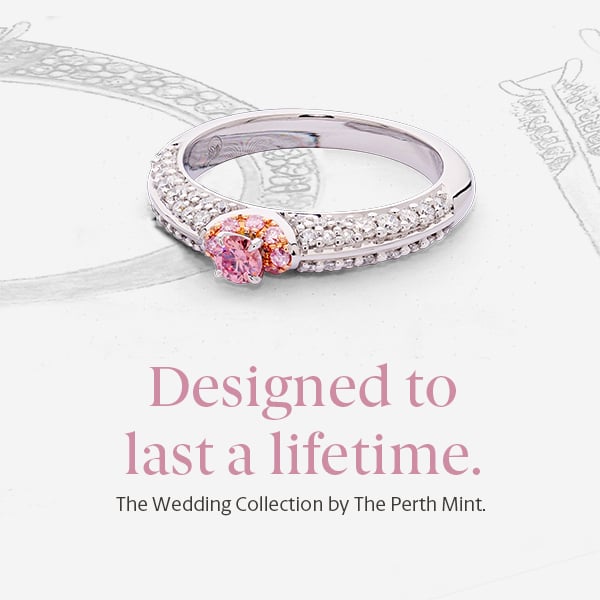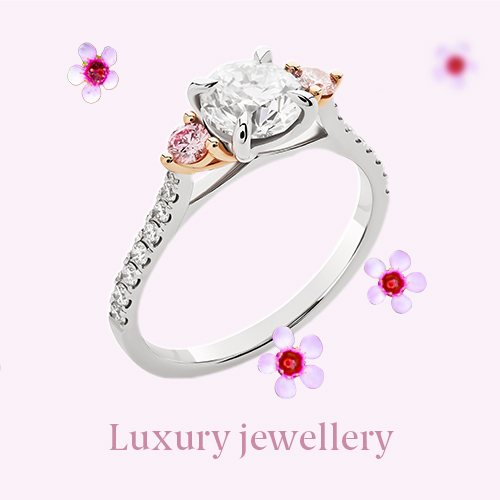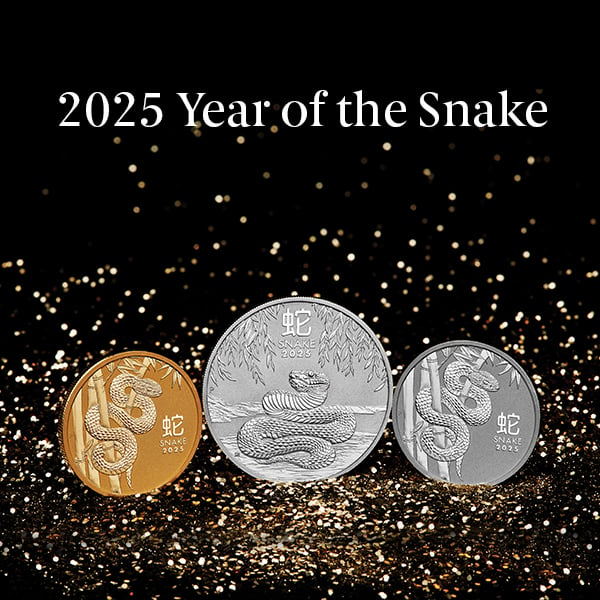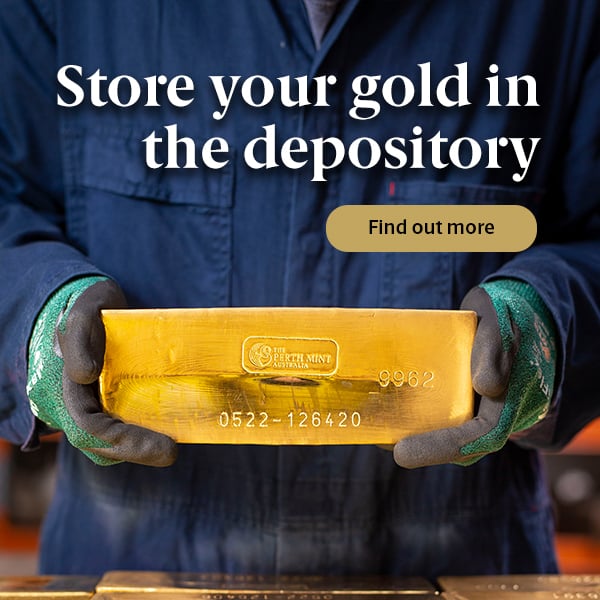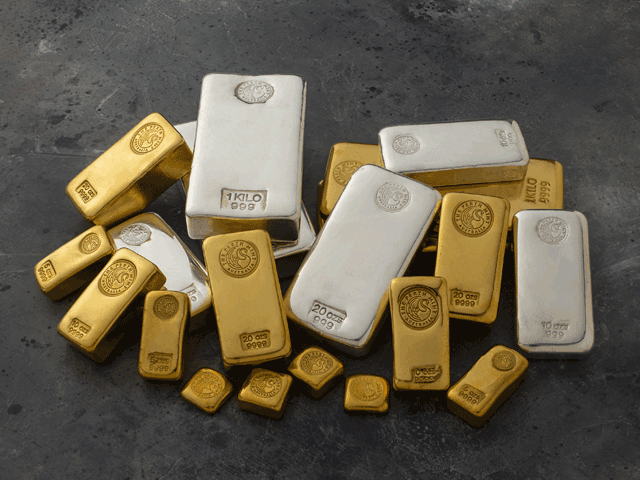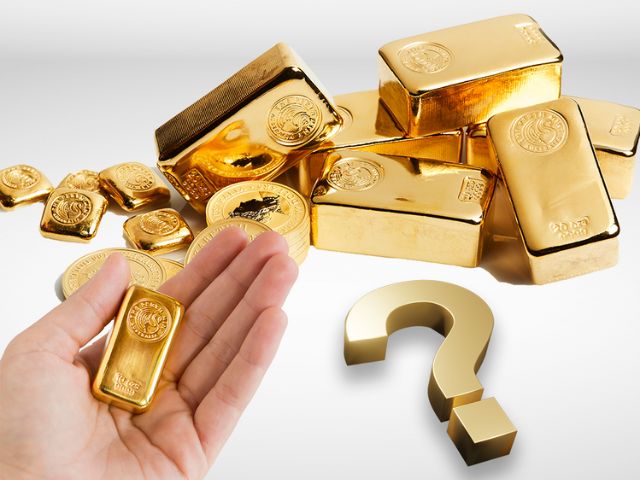Key factors to consider before investing in silver
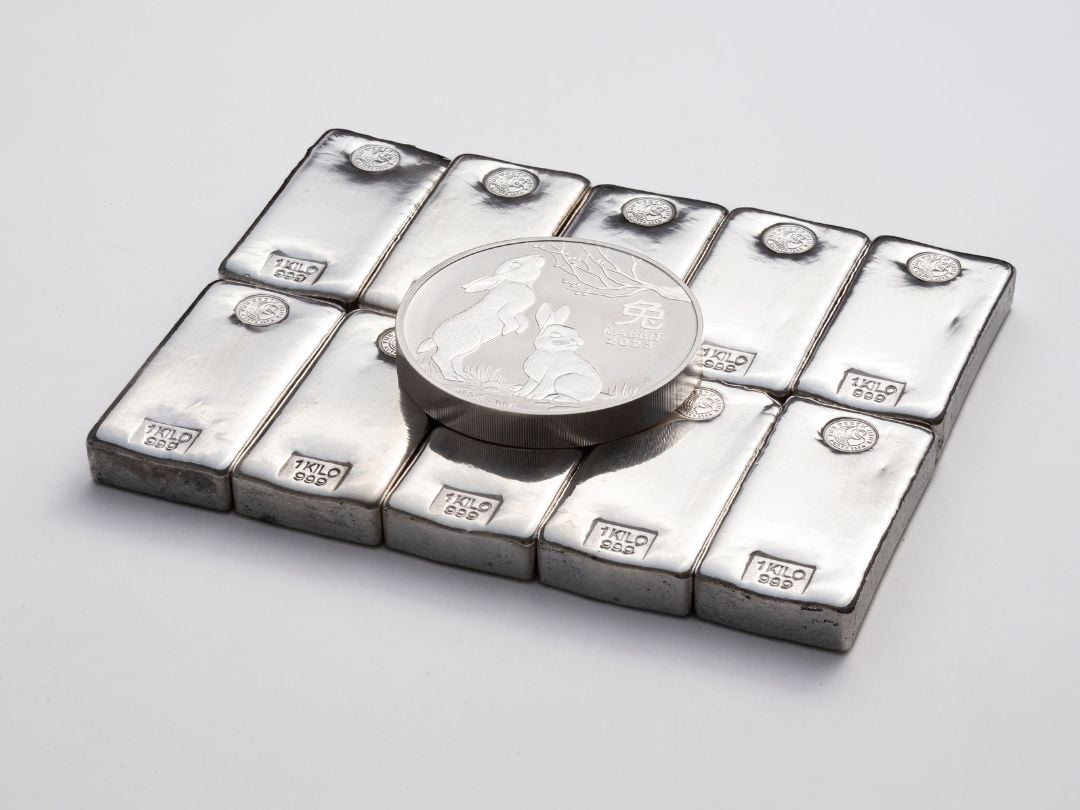
When looking to diversify an investment portfolio you may be considering silver. But what are the factors investors may wish to consider before diving in?
1. Global Economic conditions
Half of all silver is used in heavy industry and high technology, including automobile electrical systems, solar-panel cells and many other products and applications*. As a result, silver is more sensitive to economic changes than gold, which has limited uses beyond jewellery and investment purposes. When economies take off, demand tends to grow for silver which can lead to price increases.
2. Silver is cheaper than gold
Per ounce, silver is much cheaper than gold, making it more accessible to small retail investors who wish to own the precious metals as physical assets.
It is estimated that around eight times more silver is mined than gold. Because of this, kilo for kilo, silver is cheaper to buy than gold. Simply put, supply and demand can affect the price of silver and reviewing the cost before purchase is important.
3. Volatility
For new investors, silver can be a viable alternative to gold as it’s cheaper to purchase and some investors may consider it to be more attractive when speculating on short-term instabilities in the market. The volatility in silver prices can be two to three times greater than that of gold on a given day. While traders may benefit, such volatility can be challenging for other investors.
4. Liquidity
In terms of liquidity, silver is classed as a highly liquid asset. This means there are plenty of consistent sellers and buyers of precious metal. This may be beneficial, especially when it comes to diversifying an investment portfolio with silver.
5. Diversification
Like gold, silver is another metal that offers an investor diversification in their portfolio, this can offer protection in times of market uncertainty.
6. How to gain exposure to silver
Physical bullion products are available in the form of coins and bars. It is vital to know who made these products and who is selling them. Shares in one or more global silver mining companies may offer some exposure to the silver price. Exchange traded products (ETPs) have become incredibly popular in recent years. ETPs seek to track the price of a benchmark index – in this case, silver.
Where to buy silver bullion
Before investing it is important to find a reputable dealer – one who offers competitive prices for precisely assayed silver.
Renowned globally and owned by the Government of Western Australia, The Perth Mint refines 99.99% pure silver in the form of bullion coins and cast bars.
Silver can be bought, sold and via the Depository Online trading platform.
To reflect the ever-changing price for precious metals, the prices displayed on The Perth Mint website update every five minutes when the global precious metals market is open.
Key takeaways
- If you have a smaller budget and are prepared to hold on for industry spikes, silver may be a fantastic investment opportunity.
- When looking to diversify a portfolio and prepare for uncertain times, precious metals like silver can be an excellent choice, especially when assets equal 5-10% each.
- Silver is a trusted store of value in the long term.
- Always consider obtaining professional financial advice before purchasing precious metals for investment purposes. This publication is not intended to be a substitute for obtaining that advice.
If you’d like to know more about investing in precious metals through The Perth Mint, visit our investment products.
Sources:
*World Silver Survey. https://www.silverinstitute.org/wp-content/uploads/2023/04/World-Silver-Survey-2023.pdf
DISCLAIMER
Past performance does not guarantee future results. The information in this article and the links provided are for general information only and should not be taken as constituting professional advice from The Perth Mint. The Perth Mint is not a financial adviser. You should consider seeking independent financial advice to check how the information in this article relates to your unique circumstances. All data, including prices, quotes, valuations and statistics included have been obtained from sources The Perth Mint deems to be reliable, but we do not guarantee their accuracy or completeness. The Perth Mint is not liable for any loss caused, whether due to negligence or otherwise, arising from the use of, or reliance on, the information provided directly or indirectly, by use of this article.
